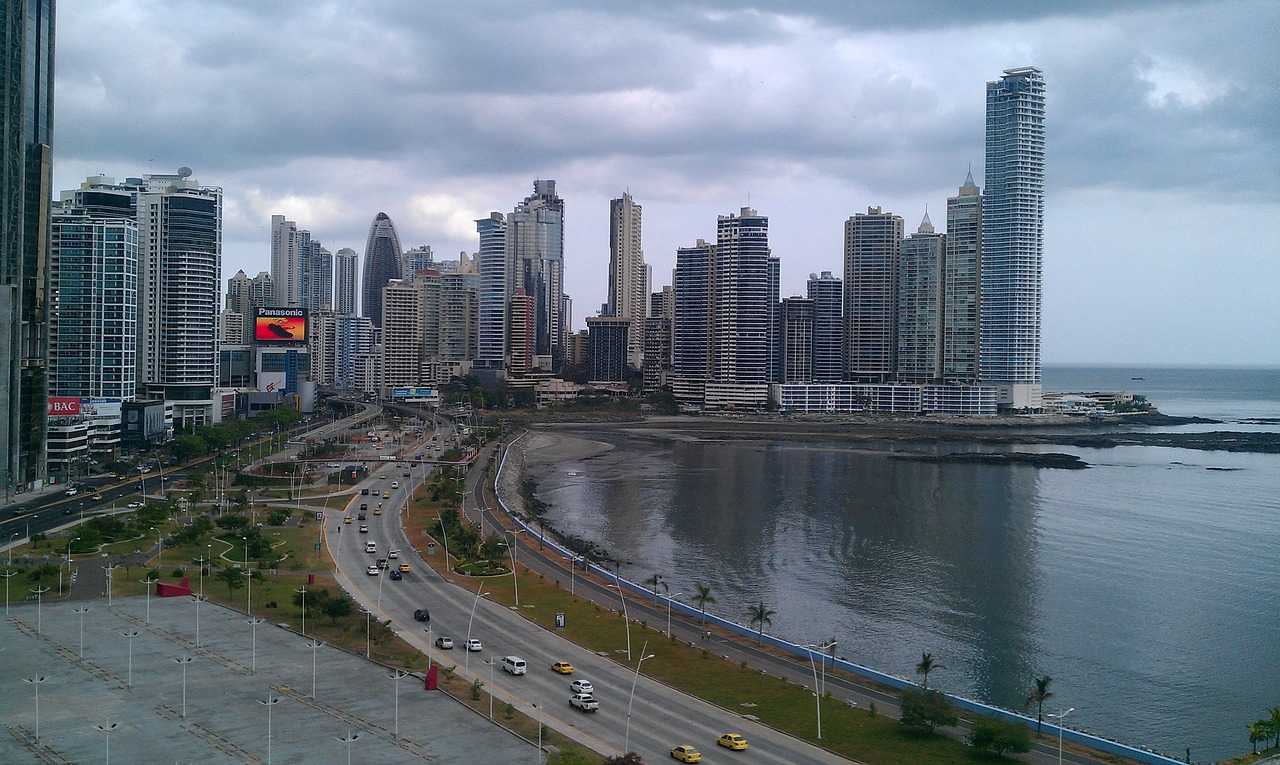Panama Video
Language and Communication: Overcoming Barriers in Panama
Introduction
Panama is a diverse and multicultural country located in Central America. With a rich history and a booming economy, Panama attracts people from all over the world. However, with such diversity comes the challenge of language and communication barriers. In this article, we will explore the various ways in which Panama overcomes these barriers and ensures effective communication among its residents and visitors.
Official Language
Panama’s official language is Spanish. Spanish is spoken by the majority of the population and is used in government, education, and media. As a result, proficiency in Spanish is crucial for effective communication in Panama. However, due to the country’s diverse population, other languages such as English, indigenous languages, and creole languages are also spoken by various communities.
- English: English is widely spoken in urban areas and tourist destinations. Many Panamanians working in the tourism industry have a good command of English to cater to international visitors.
- Indigenous Languages: Panama is home to several indigenous communities, each with its own distinct language. These languages are preserved and spoken within their respective communities.
- Creole Languages: Due to Panama’s historical ties with the Caribbean, creole languages such as Bocas del Toro Creole and San Miguel Creole are spoken in certain regions.
Language Education
To overcome language barriers, Panama has put a strong emphasis on language education. The government has implemented policies to ensure that Spanish is taught in schools and universities across the country. Additionally, English language education has become increasingly important, with schools offering English classes from an early age.
- School Curriculum: Spanish is a mandatory subject in Panama’s school curriculum. Students receive formal education in the Spanish language to develop their reading, writing, and speaking skills.
- English Language Programs: To promote bilingualism, English language programs have been introduced in schools. These programs aim to equip students with the necessary English language skills to communicate effectively.
- Language Exchange Programs: Panama also encourages language exchange programs, where students can interact with native speakers of different languages, fostering cultural understanding and improving language proficiency.
Translation and Interpretation Services
In order to facilitate communication between individuals who speak different languages, Panama has a range of translation and interpretation services available.
- Professional Translators and Interpreters: Panama has a pool of professional translators and interpreters who provide services in various languages. These professionals assist in translating documents, interpreting during meetings, and facilitating communication in different settings.
- Language Apps and Online Platforms: With advancements in technology, language apps and online platforms have become popular tools for overcoming language barriers. These platforms offer instant translation services, making communication more accessible.
- Language Schools and Institutes: Language schools and institutes in Panama offer courses in different languages, providing individuals with the opportunity to learn and improve their language skills.
Cultural Sensitivity and Adaptation
Panama recognizes the importance of cultural sensitivity and adaptation when it comes to overcoming language barriers. The country embraces diversity and encourages individuals to appreciate and respect different cultures.
- Cultural Awareness Programs: Cultural awareness programs are implemented to educate individuals about different cultures and customs. These programs promote understanding and help break down language barriers caused by cultural differences.
- Multilingual Signage and Information: In public spaces, multilingual signage and information are provided to cater to the diverse population and visitors. This ensures that important information is accessible to everyone, regardless of their language proficiency.
- Interpreting Cultural Gestures: Panama recognizes that gestures and body language can vary across cultures. Efforts are made to interpret cultural gestures accurately to avoid misunderstandings and foster effective communication.
Conclusion
Language and communication barriers can pose challenges in Panama, a country known for its cultural diversity. However, through language education, translation services, cultural sensitivity, and adaptation, Panama has been successful in overcoming these barriers. By embracing multilingualism and promoting effective communication, Panama ensures that residents and visitors can interact and engage with one another, fostering a harmonious and inclusive society.
References
– panama.com
– visitpanama.com
– panamainfo.com


